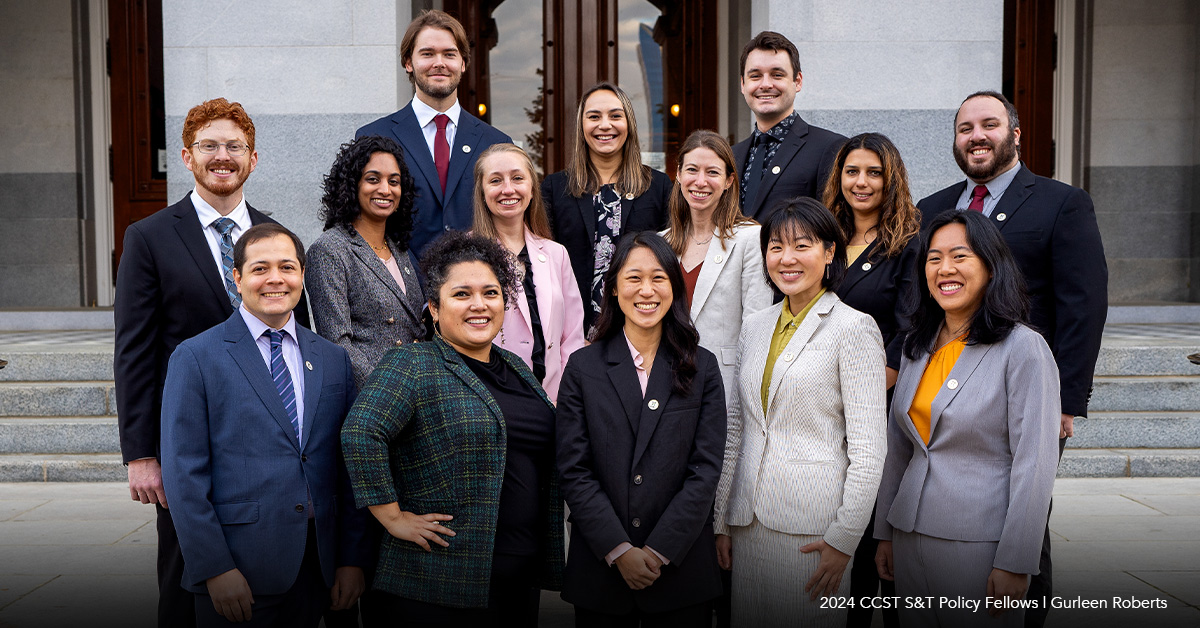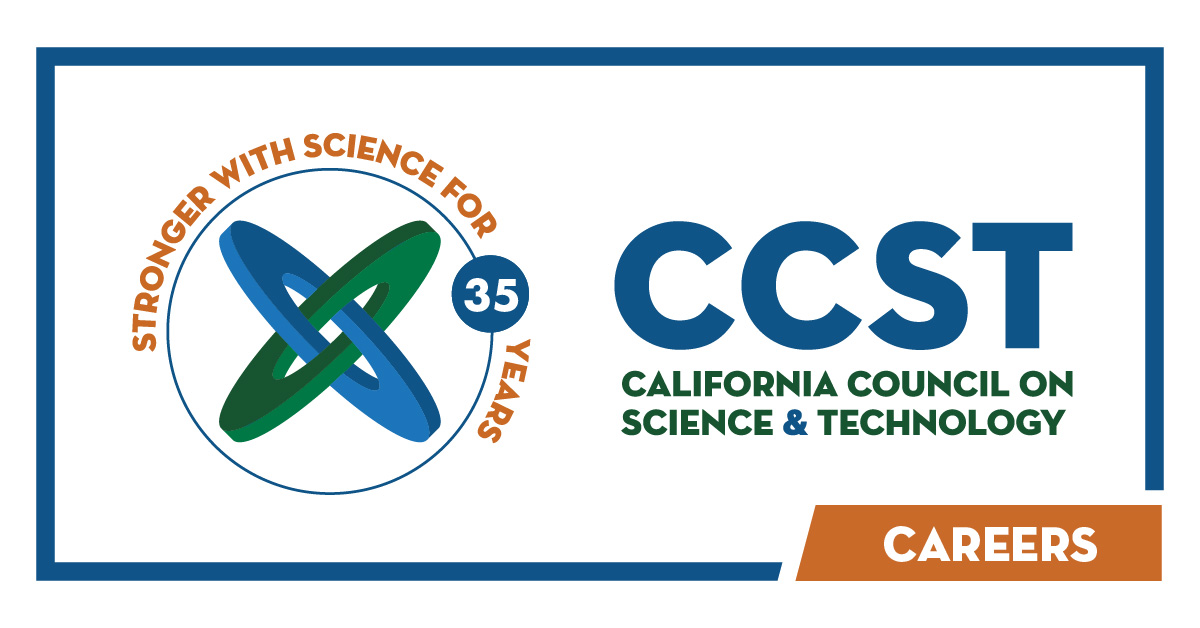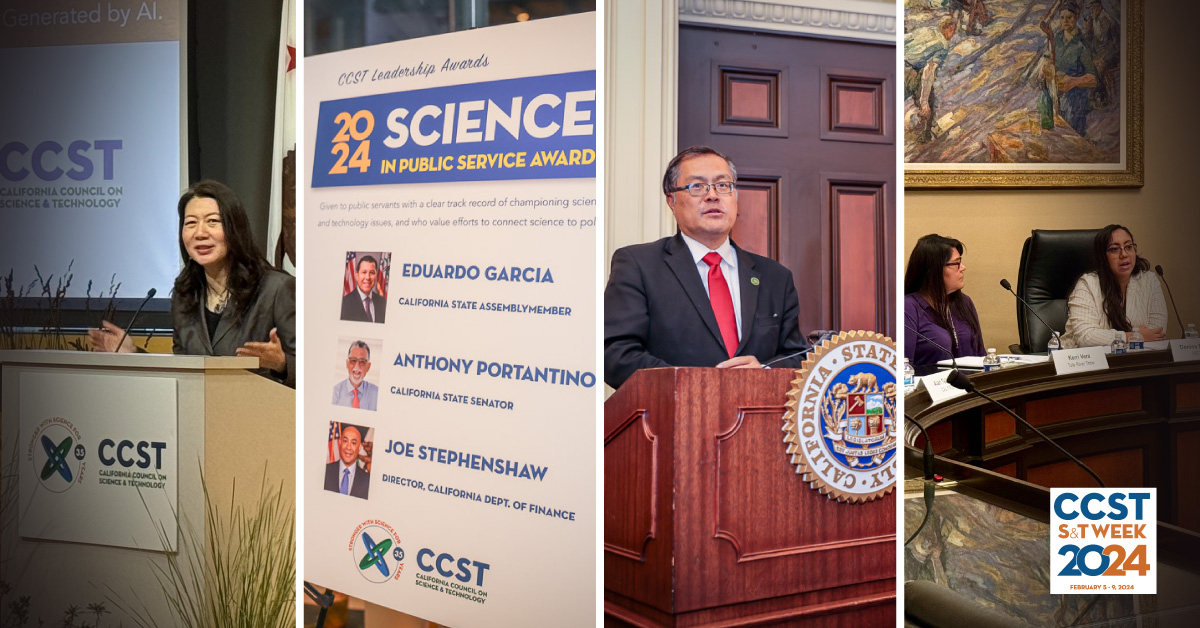Innovation Key to California Space Industry
February 3, 2010 | CCST Newsroom | Contact: M. Daniel DeCillis

When Virgin Galactic’s SpaceShip Two rolled onto the tarmac in a theatrical blaze of lights at the Mojave Air and Spaceport in December, there could be no doubt that California stood on the cutting edge of space travel. British entrepreneur Sir Richard Branson’s dramatic new airship is the first manned commercial spacecraft designed to carry tourists beyond Earth’s atmosphere.
The push toward commercial space travel is only the most visible sign of innovation in California’s $76 billion a year space industry. Many of the unheralded but critical breakthroughs in the field now come from the hundreds of small companies that supply big name corporations like Lockheed Martin. They provide much of the engineering, information technology, support services and components for the satellites that have become the largest sector of the space economy.
Together, California firms are the biggest players in the space industry worldwide. They represent 40 percent of the national market and 21 percent of the international enterprise. But they face serious challenges ranging from economic pressures and international competition to a shortage of technical talent.
California Space Authority, an industry advocacy group, has spent the last four years building new networks to encourage and support innovation from San Francisco to San Diego in what it calls the California Innovation Corridor. With funding from a $15 million Department of Labor grant, the Workforce Innovation Regional Economic Development (WIRED) project worked with 42 partners in industry and education – including CCST – to drive entrepreneurship, global manufacturing competitiveness, and 21st century workforce development in the Golden State.
To make the most of the state’s space industry assets, WIRED created the Innovation Inventory, identifying some 1,500 organizations, including large corporations, universities, federal laboratories and small businesses. Participants’ capabilities are now described in a database designed to help them make connections with one another.
“Innovation is big in California. We have the experts, we have the education system, we have the industries. And we have the technicians along with the scientists and engineers, ” says Andrea Seastrand, CSA’s executive director.
Yet a looming shortage of qualified workers threatens the state’s ability to continue to lead the space market. Many of the engineers who helped build the industry are nearing retirement age and too few are trained to replace them. At the same time, foreign-born engineers face increased delays in receiving security clearances for the defense work at the heart of much of the aerospace activity.
As part of the grant, an action plan was created to improve science, technology, engineering and mathematics education in the state and a toolkit was developed to help regions address their technical workforce needs. Collaboratives of educators, industry and workforce development agencies were established in the Antelope Valley and the South Bay of Los Angeles County.
“I think what this taught us is that we need collaboration. We cannot all work within our own stovepipe. One, we don’t all have the knowledge. Two, we don’t all have the financial resources,” says Seastrand. “We have to learn to collaborate throughout the whole state, and not just within our own region.”






